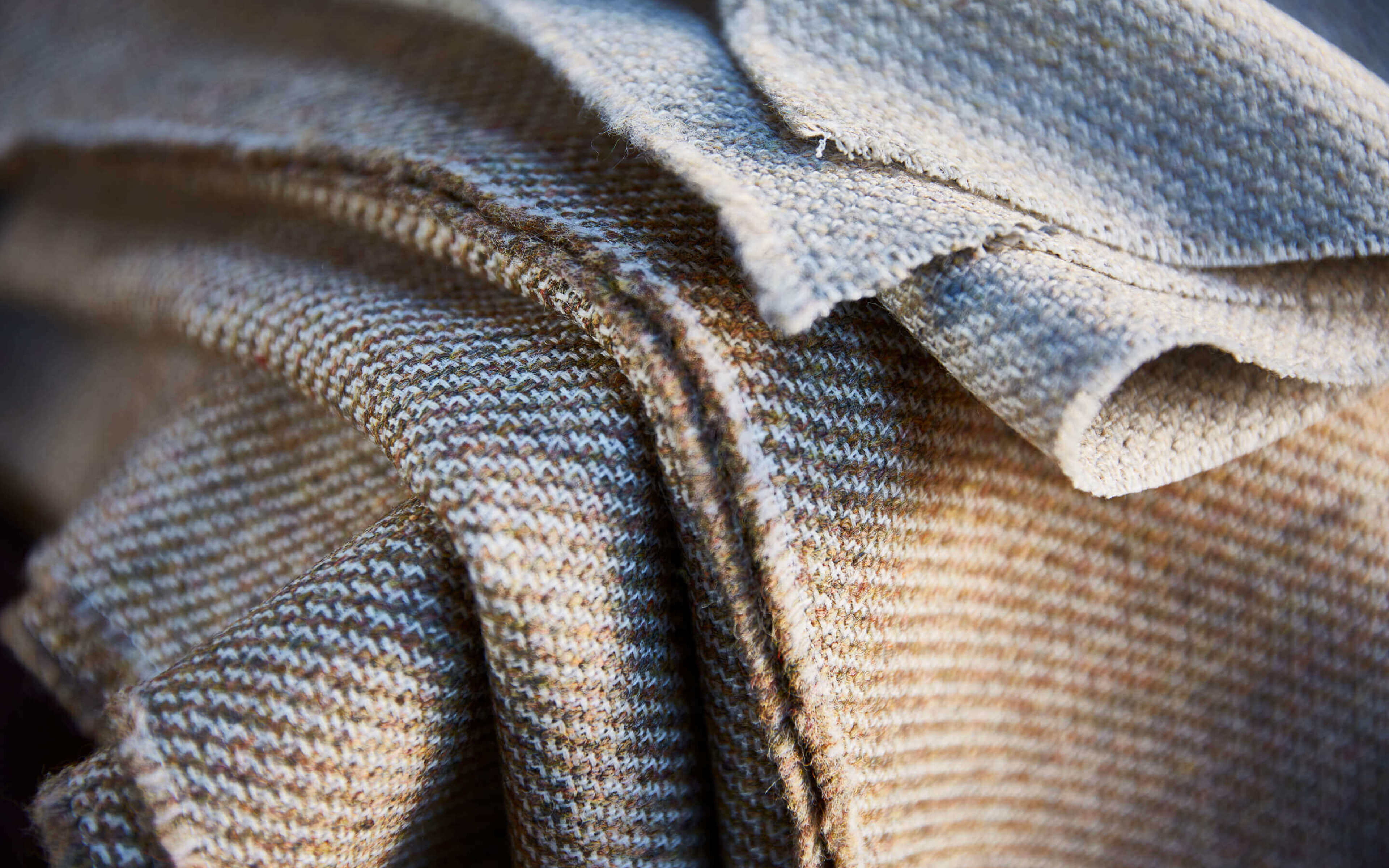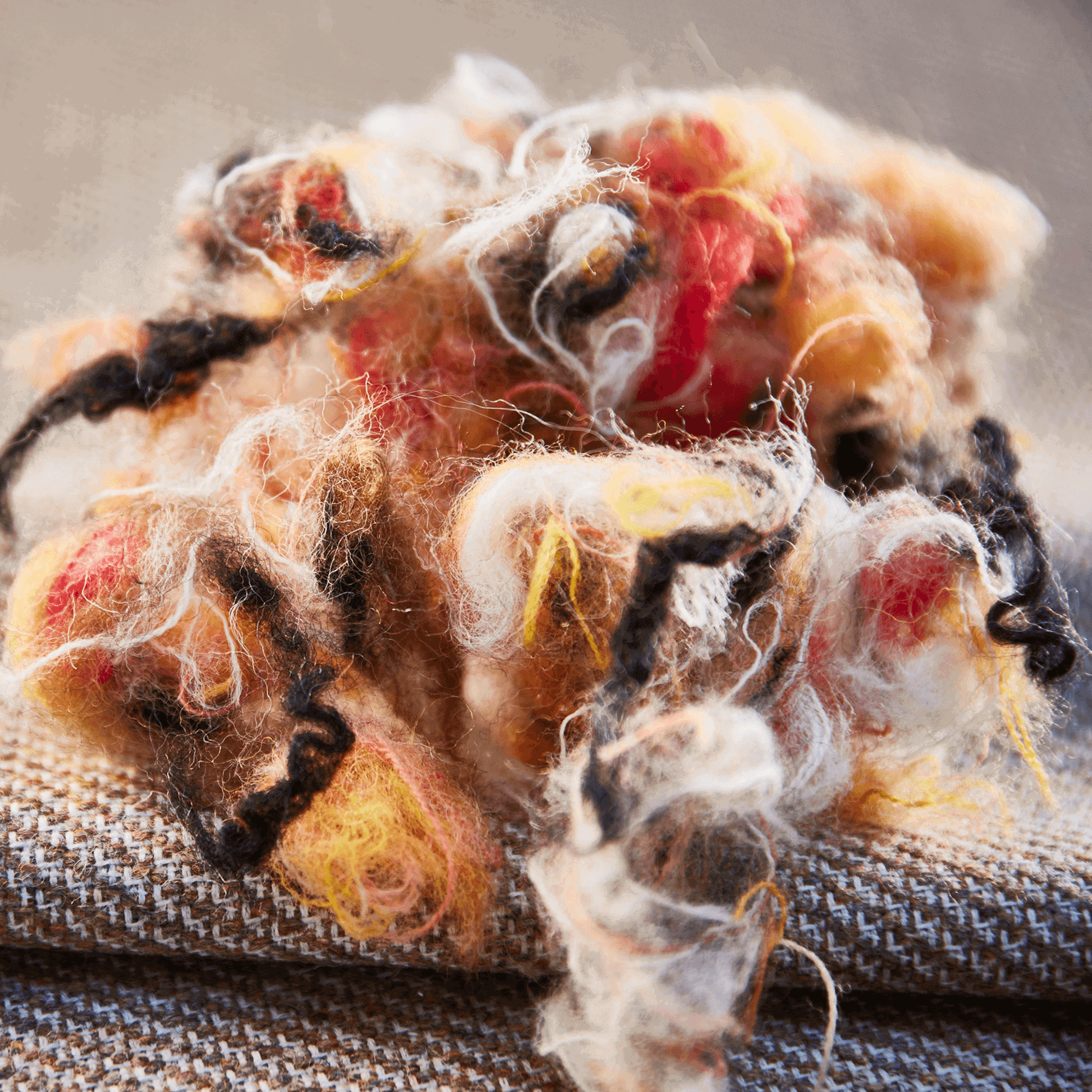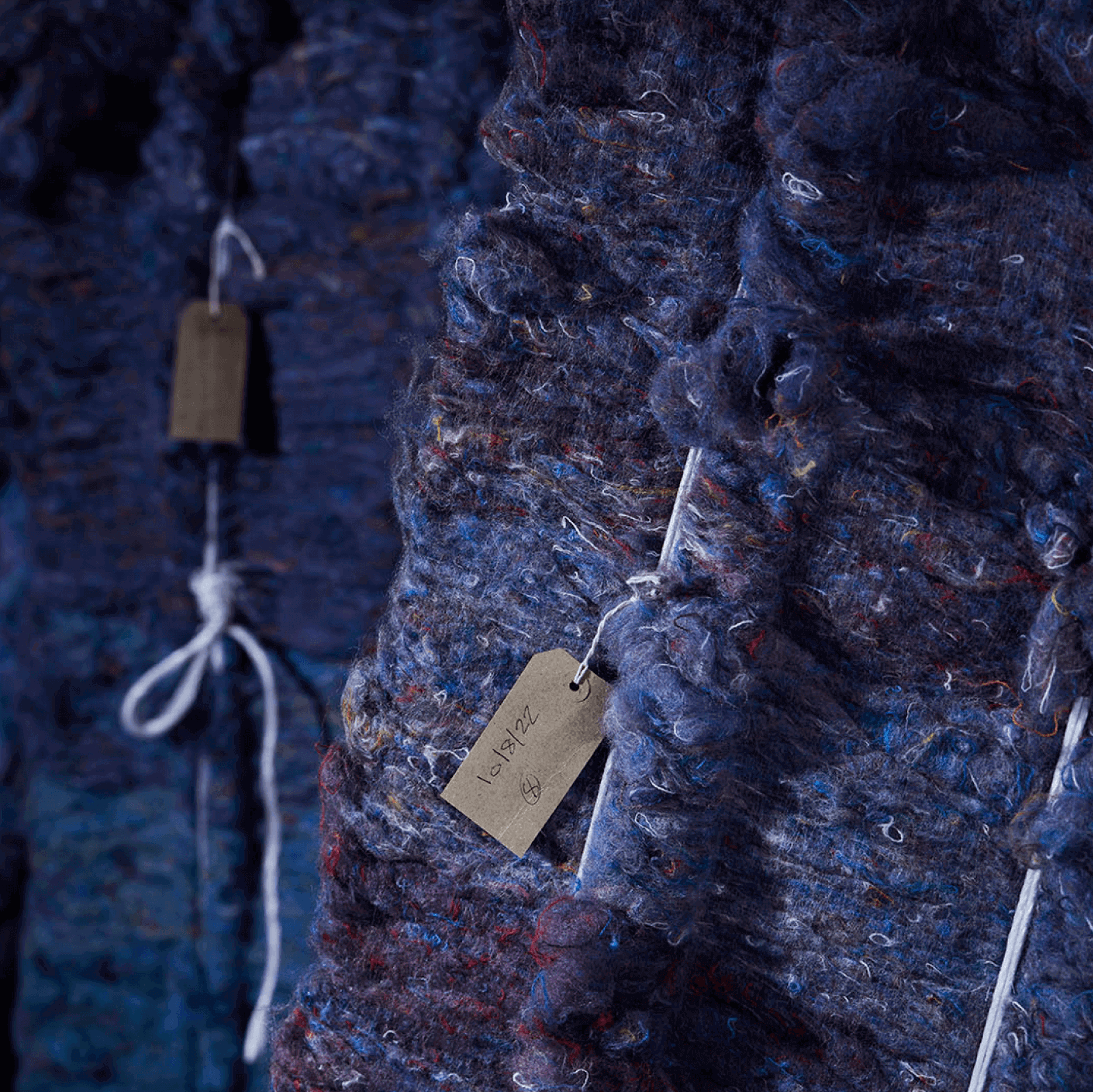
Revolution, a recycled wool fabric
A textile Revolution
A change-making, industry-shaking fabric, Revolution is a breakthrough in textile circularity.
The first fabric to be produced using Camira’s advanced textile recycling capability, iinouiio, Revolution uses waste wool yarn from our own manufacturing processes to create a fabric that is truly closing the loop, and opening the door to a new, exciting era of sustainability.
Rooted in heritage
First established in Yorkshire in the 1800s, the ’shoddy’ process saw used wool garments recycled to create new yarn and fabric, and was incredibly popular until the advent of synthetic materials, such as polyester, caused it to become obsolete at the end of the twentieth century.

Reimagined for today
Built on the same principle as ‘shoddy’ cloth, Revolution is created using our waste wool yarns. These yarns are sorted into colour groups before being mechanically pulled apart, shredded, and stripped back into fibre form. The recycled wool fibres are then blended with virgin wool before being carded, spun, and woven into fabric.
Using state-of-the-art machinery and high-quality wool yarns, Revolution performs to the highest commercial performance levels, and is a powerful illustration of how lessons from the past can be used to innovate in the present, for the good of the future.
A story continued

Colour, recycled
In a mindful use of waste, each shade in the Revolution colour palette has been lovingly developed with the original colouration of the recycled woollen fibres as its base. This innovative method of colour curation virtually eliminates the concept of dyeing, reducing the use of chemical dye stuffs, and celebrating the beauty of both recycled yarn and colour.
With a 10-shade selection that contains classic and contemporary tones, modern peach sits alongside ink blue, darkest grey and neutral camel to create a palette with possibilities for every interior.
Made to be used, all over again
Recycling waste and removing limitations, Revolution extends the lifespan of wool, enabling this precious natural resource to be used all over again – as fabric, on furniture.
